Fundamentals of Nuclear Physics
Data is displayed for academic year: 2023./2024.
Course Description
Nuclear structure. Internal and external properties of the atomic nucleus: charge, radius, mass, binding energy and stability. Models of nuclear forces. Models of the atomic nucleus: liquid drop and shells. Cross section. Radioactivity and radioactive chains. Interaction of heavy charged particles, electrons, photons and neutrons with matter. Radiation detection and radiation protection. Physical and energy aspects of fission and fusion energy utilization. Modeling of radiation attenuation in shields.
Radiation dosimetry. Applications of nuclear physics.
Study Programmes
University undergraduate
[FER3-EN] Computing - study
Elective Courses
(6. semester)
[FER3-EN] Electrical Engineering and Information Technology - study
Elective Courses
(6. semester)
Learning Outcomes
- Explain external and internal properties of the atomic nucleus
- Explain physical principles in nuclear reactions
- Describe different types of nuclear reactions
- Explain radioactive decay law and alpha, beta and gamma decay
- Describe interaction of radiation with matter
- Describe applications of nuclear physics: detectors, accelerators, fission and fusion nuclear reactors
Forms of Teaching
Lectures
Lectures with exercises and presentations in two cycles of 7 and 6 weeks.
ExamsNon mandatory seminar.
ExercisesSolving problems.
ExperimentsQuestions and answers after seminar presentations.
Grading Method
| Continuous Assessment | Exam | |||||
|---|---|---|---|---|---|---|
| Type | Threshold | Percent of Grade | Threshold | Percent of Grade | ||
| Seminar/Project | 0 % | 30 % | 0 % | 30 % | ||
| Mid Term Exam: Written | 0 % | 35 % | 0 % | |||
| Final Exam: Written | 0 % | 35 % | ||||
| Exam: Written | 0 % | 70 % | ||||
Week by Week Schedule
- Nuclear structure. External properties of the atomic nucleus (charge, mass, radius, nuclear forces). Internal properties of the atomic nucleus (binding energy, spin, electrical and magnetic moment).
- Nuclear potential and energy levels. Nuclear radioactive decays and quadrupole moment of the nucleus. Atomic nucleus models.
- Cross section definition. Differential and total cross section. Rutherford scattering. Fast neutron scattering.
- Radioactive decay laws. Binary radioactive chain. General decay chain solutions. Open systems.
- Interaction of heavy charged particles with matter. Energy loss mechanism. Semiclassical calculation of stopping power. Bethe-Bloch formula and particle range.
- Interaction of electrons with matter. Collisional and radiative stopping power. Radiation yield. Electron range.
- Interactions of photons with matter. Interaction mechanisms: photoelectric effect, Compton scattering and pair production. Photonuclear reactions. Attenuation coefficients.
- Midterm exam.
- Interactions of neutrons with matter. Neutron sources and spectra. Neutron cross sections. Neutron flux attenuation. Nuclear reactions and conservation laws.
- Physical aspects of nuclear fission. Energy potential of fission and splitting of the atomic nucleus. Neutron moderation, chain reaction and neutron multiplication factor.
- Energy aspects of nuclear fission. Nuclear power reactor. Nuclear energy status. Fusion energy: physical basis and reactions. Technical limitation of plasma.
- Radiation detectors: gas-filled, scintillation, semiconductor, and neutron detectors. Radiation protection basics. Buildup factor concept. Radiation dosimetry.
- Radiation attenuation in shields. Transport equation and its simplifications. Monte Carlo method. Application of computer codes in nuclear engineering.
- Applications of nuclear physics in industry, medicine and research through presentations of students' seminar papers.
- Final exam.
Literature
Vladimir Knapp (1977.), Uvod u nuklearnu fiziku (2. izdanje), Sveučilište u Zagrebu
M. Matijević, D. Pevec, V. Knapp (.), Osnove nuklearne fizike - Skripta predavanja (verzija 3, 2022.),
For students
General
ID 223373
Summer semester
5 ECTS
L1 English Level
L2 e-Learning
45 Lectures
0 Seminar
15 Exercises
0 Laboratory exercises
0 Project laboratory
0 Physical education excercises
Grading System
85 Excellent
70 Very Good
60 Good
50 Sufficient


 Pristupačnost
Pristupačnost
